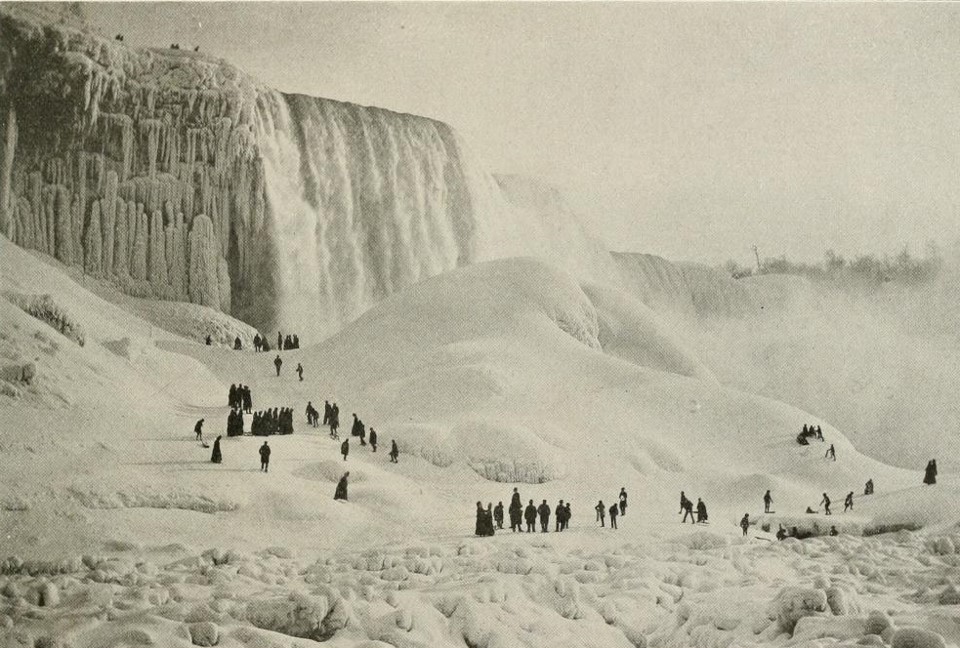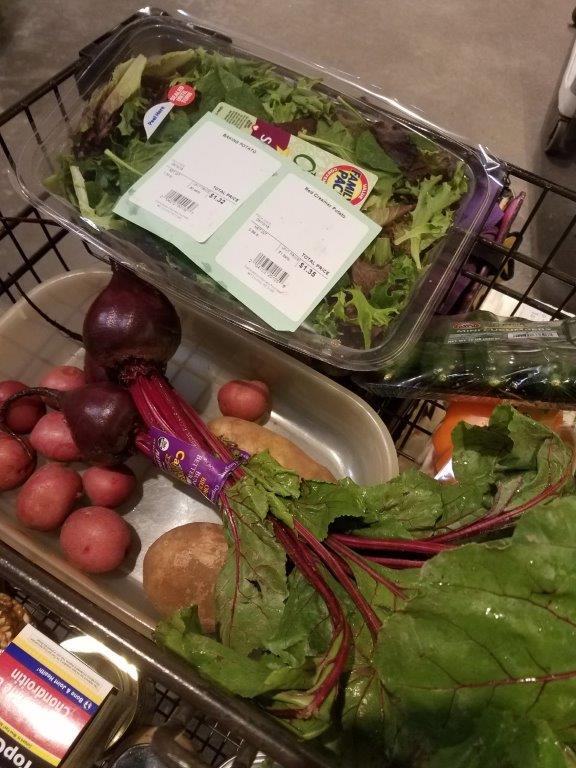Gleanings of the Week Ending August 18, 2018
/The items below were ‘the cream’ of the articles and websites I found this past week. Click on the light green text to look at the article.
Top 25 Birds with Red Plumage – National Geographic Blog – Starting out this weeks gleanings selections with some eye candy…..bird photographs. I was disappointed that the pileated woodpecker was not one of the 25.
Going Quietly into the Night: The Unseen Plight of Africa’s Giraffes – National Geographic Blog – Did you know that there are 4 species of giraffes? And most of them are in trouble.
10 Questions About Nut Butters | Berkeley Wellness – There is a segment near the end of the article that expands to show a table of “What’s in your ‘Nut Butter’?” – worth taking a look. I use almond butter more than peanut butter these days….but may explore some of the other options (not the high sugar ones).
Chemists discover how blue light from digital devices speeds blindness -- ScienceDaily – If this research is confirmed by other labs is seems like we should be demanding screens that are ‘less blue.’
A Tough Plant, Not A Weed | The Prairie Ecologist – Ironweed in the prairie…and the insects that it attracts.
Life Scientists Cut Down on Plastic Waste | The Scientist Magazine® - Hopefully every field/business is consciously reducing plastic waste. We are being overwhelming by single use plastics! The same type of thinking needs to happen at the individual level in our homes as well.
Sharpen your science skills with NOAA’s webinars for educators | National Oceanic and Atmospheric Administration – Webinars created for teachers….but open to everyone. They’re archived too.
Archaeologists identify ancient North American mounds using new image analysis technique -- ScienceDaily -Analyzing new satellite and aerial sensor data with Object Based Image Analysis (OBIA) more than 160 mound features have been identified in Beaufort County SC….and there could be many more along the east coast of the US. This analysis pinpoints areas for archaeologists to look at on the ground.
BBC - Future - How do you treat someone who doesn’t accept they’re ill? – A thoughtful article about how communities are responding to people suffering psychoactive disorders…and refuse treatment.
Owl Underground: A Summer Encounter with Burrowing Owls – Cool Green Science – A short video from the side of an interstate highway in Idaho….and an article about burrowing owls.













































